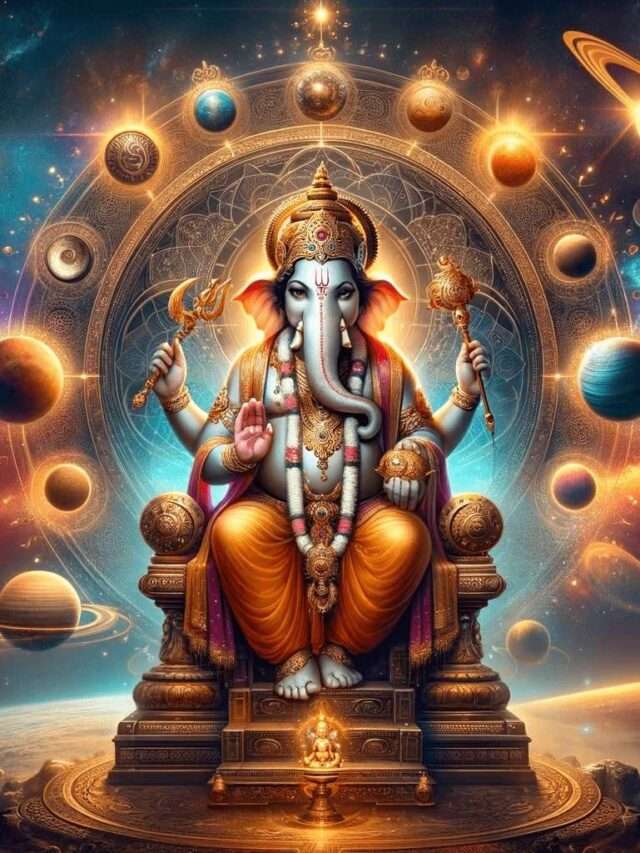काश्यश्च परमेष्वासः शिखण्डी च महारथः।
श्रीमद्भगवद्गीता 1.17
धृष्टद्युम्नो विराटश्च सात्यकिश्चापराजितः।
Kashyashcha Parameshvasah Shikhandi cha Maharathah
Shrimad Bhagavad Gita 1.17
Dhrishtadyumno Viratashcha Satyakishchaparajitah
And the Maharaja of Benaras (Kashi), the great archer, Shikhandi, the great soldier, Dhrishtayumna, Virata and Satyaki, the invincible,
English Translation of BG 1.17
This verse of the Bhagavad Gita introduces us to the valiant warriors of the Pandava army, each a symbol of distinct virtues that contribute to the collective strength and moral integrity of their side. Their readiness to sound their conchs is not merely a preparation for war but a declaration of their commitment to righteousness and justice.
Insights into BG 1.17: Reflecting on Swami Ramsukhdas Ji’s Divine Commentary
The Confluence of Virtues
The warriors mentioned in this verse embody a range of divine qualities. Kashi’s king, a paramount archer, represents precision and focus. Shikhandi, with his unique past and role in the Mahabharata, symbolizes resilience and the breaking of societal norms for the sake of dharma. Dhrishtadyumna, the commander of the Pandava forces, embodies leadership and strategic acumen. Virata, who provided shelter to the Pandavas during their incognito exile, stands for hospitality and righteousness. Satyaki, known for his unwavering loyalty, represents steadfastness and invincibility in the face of adversity.
Each of these warriors, with their conch shells, signifies the readiness to fight not just a physical battle but a moral one, against injustice and adharma (unrighteousness).
Shikhandi’s Role and Transformation
Shikhandi’s story is particularly poignant, illustrating the complexity of identity and the struggle for justice. Born as a woman in a previous life and then becoming a man, Shikhandi’s presence in the battlefield against Bhishma—a figure bound by his vow not to attack a woman—highlights the intricacies of karma and dharma. It teaches us that the roles we play and the challenges we face in life are opportunities for growth and fulfillment of our duties, regardless of our past or present circumstances.
Unity in Diversity
The diversity among the Pandava warriors, each from different backgrounds and with unique skills, underscores the Bhagavad Gita’s teaching that unity in diversity is strength. It demonstrates that when individuals come together for a common righteous cause, their collective force becomes invincible. This unity, driven by a shared commitment to uphold dharma, serves as a powerful reminder of the strength found in ethical and moral unity.
The Message of the Conch Shells
The act of blowing the conch shells by these warriors signifies the call to action against adharma. It serves as a reminder that we must all be ready to stand up for what is right, even when faced with great challenges. The sound of the conch shells transcends the battlefield, calling each of us to recognize our duty (swadharma) and to act with courage, integrity, and righteousness.
Conclusion
Verse 1.17 of the Bhagavad Gita, through its mention of these valorous warriors and their readiness for battle, speaks to the timeless virtues of courage, resilience, unity, and righteousness. As we reflect on the lives and qualities of these warriors, let us draw inspiration to face our own battles—both external and internal—with a commitment to righteousness and justice. Just as the Pandava warriors stood ready to fight for dharma, so too should we prepare to uphold our principles and values in the face of life’s challenges. Through our actions, guided by wisdom and virtue, we contribute to the restoration of balance and justice in the world.


